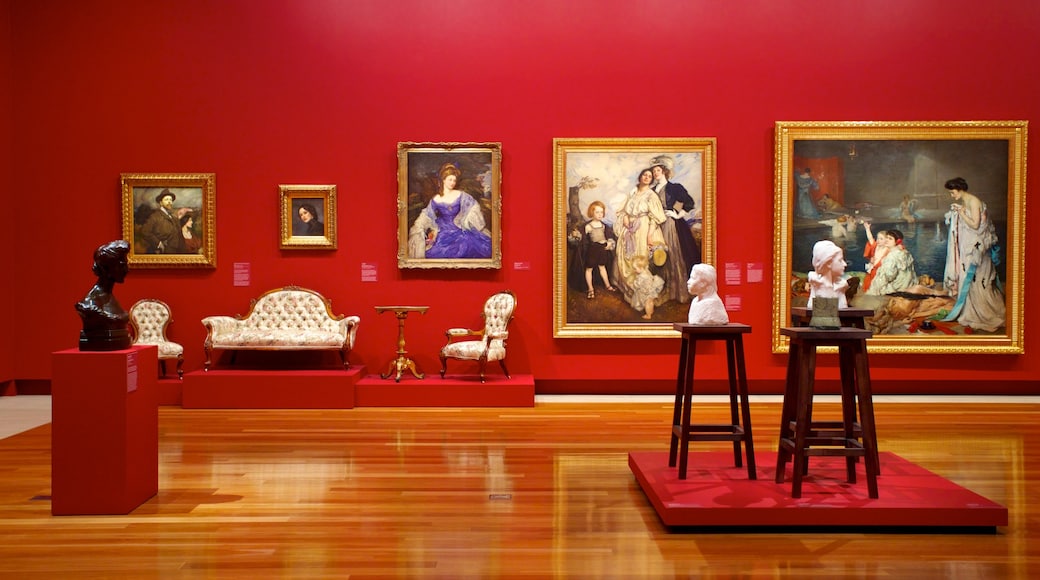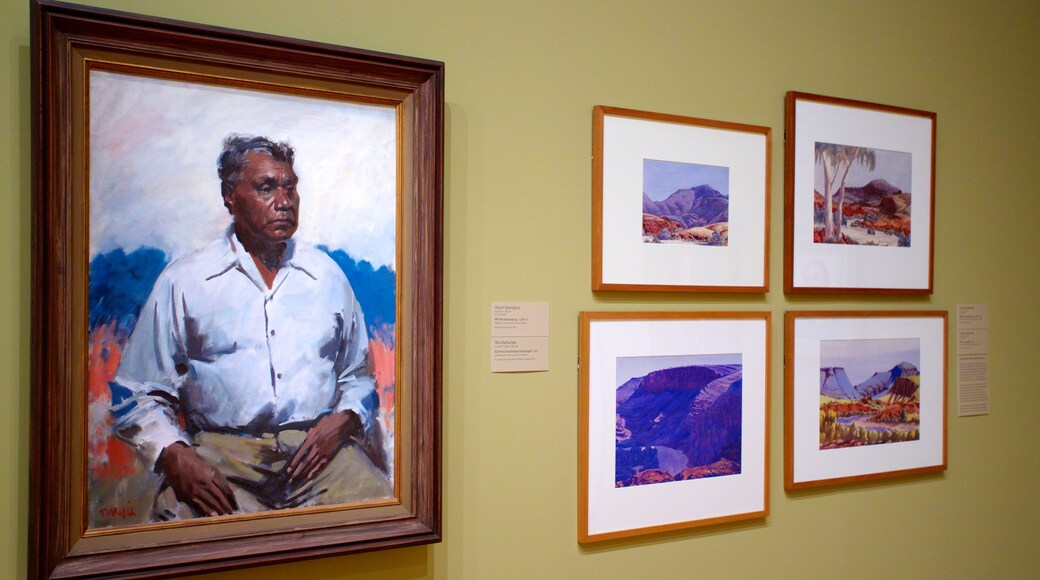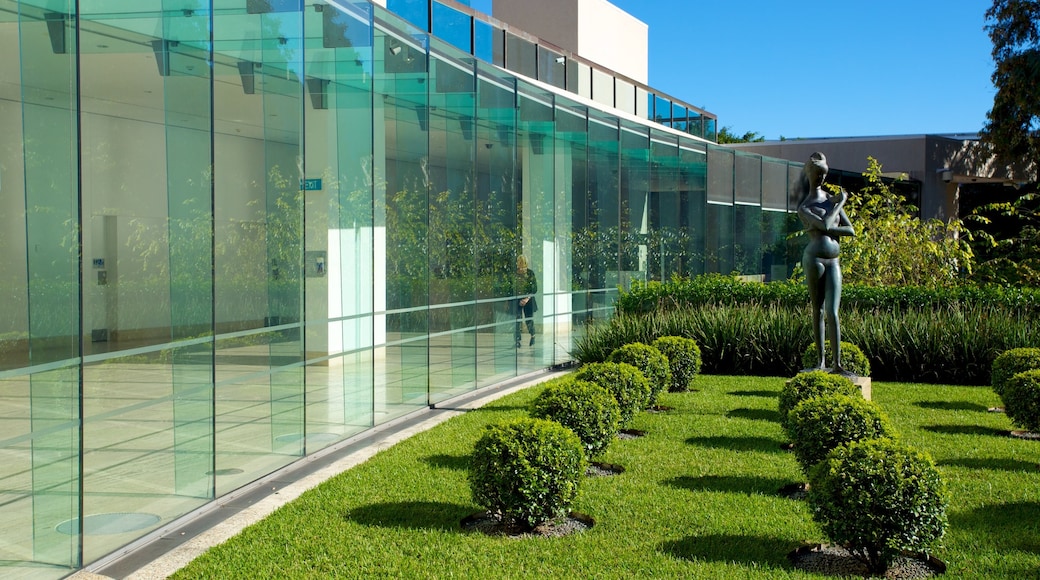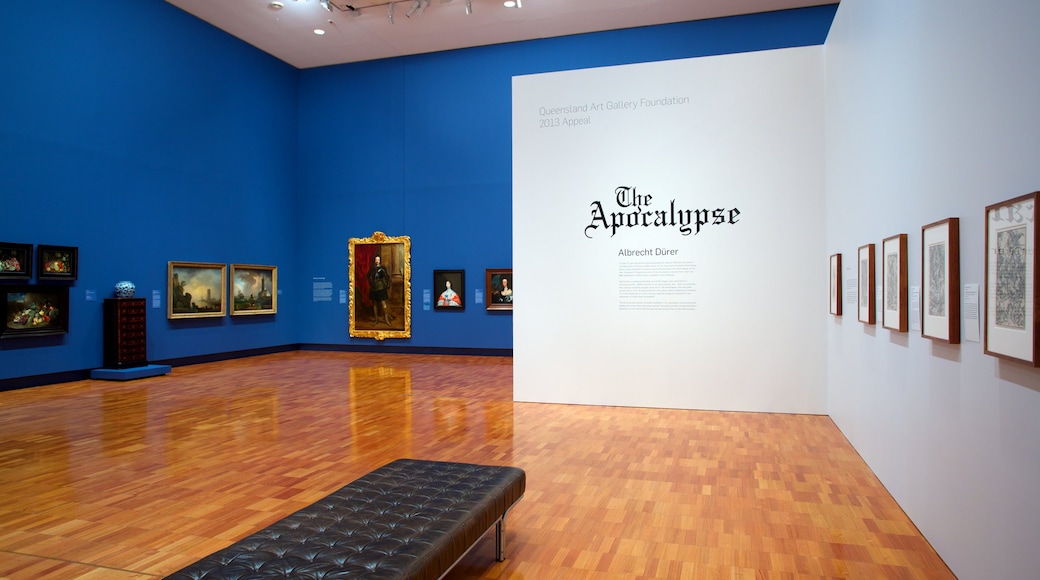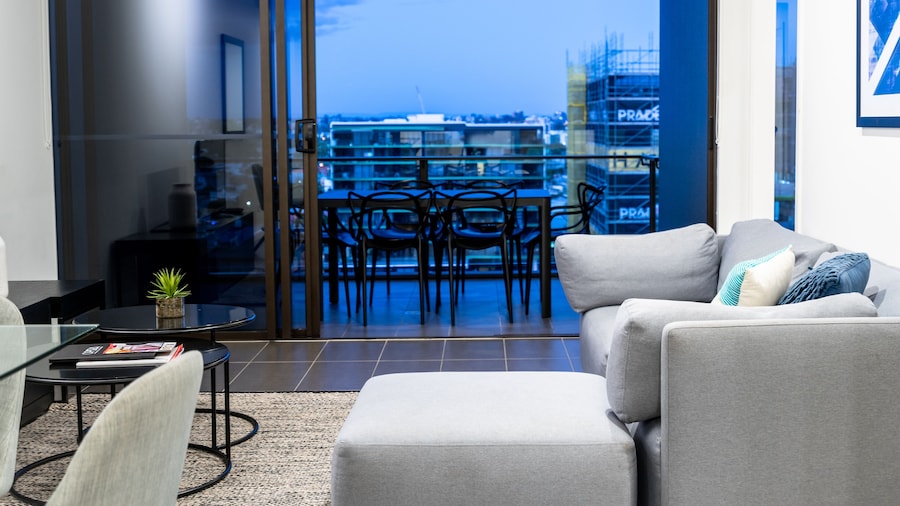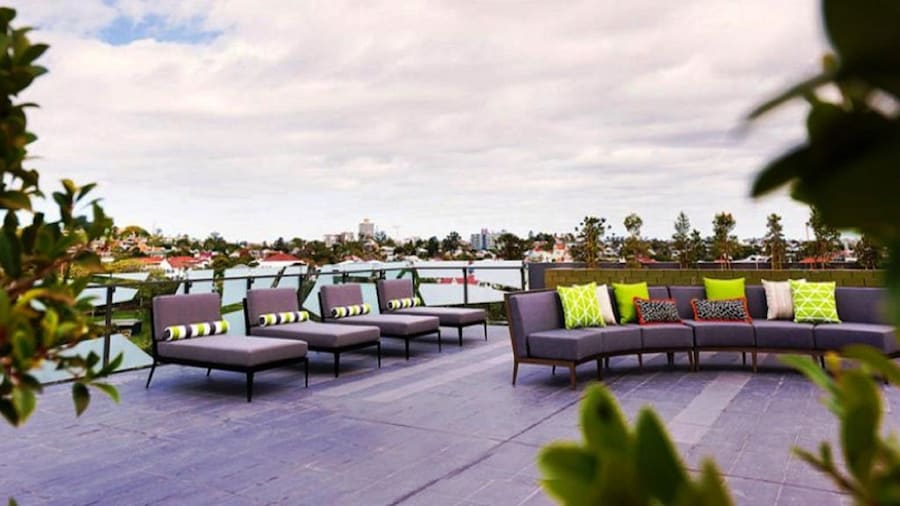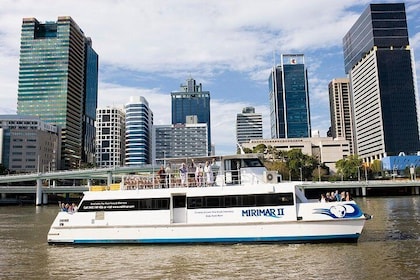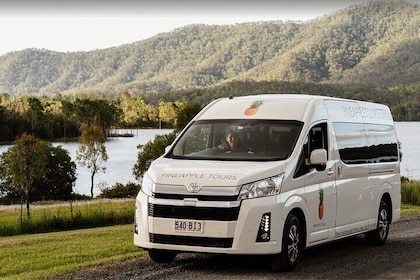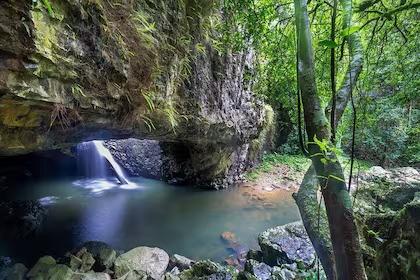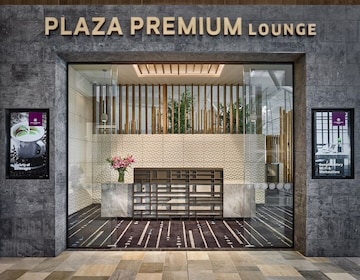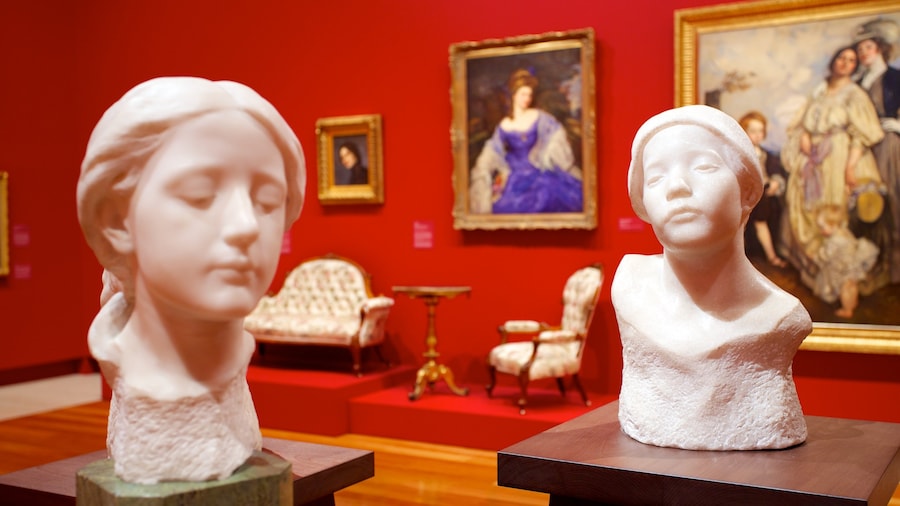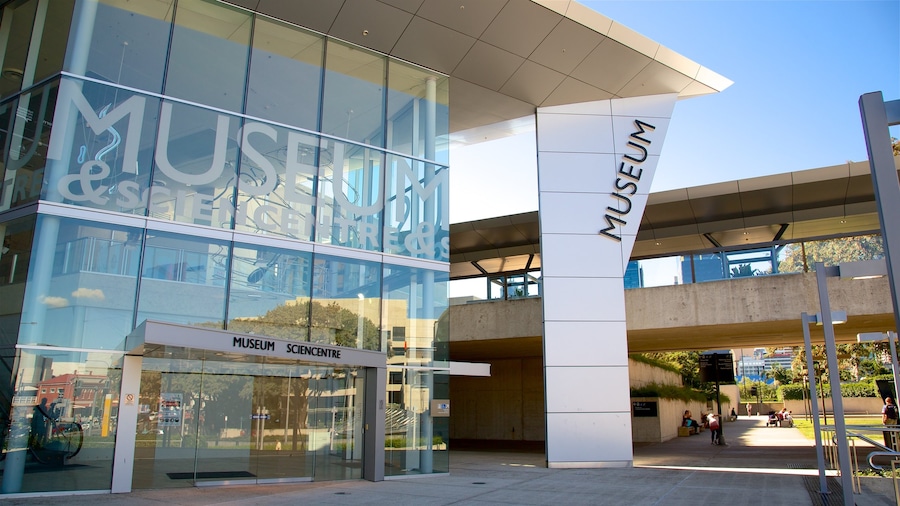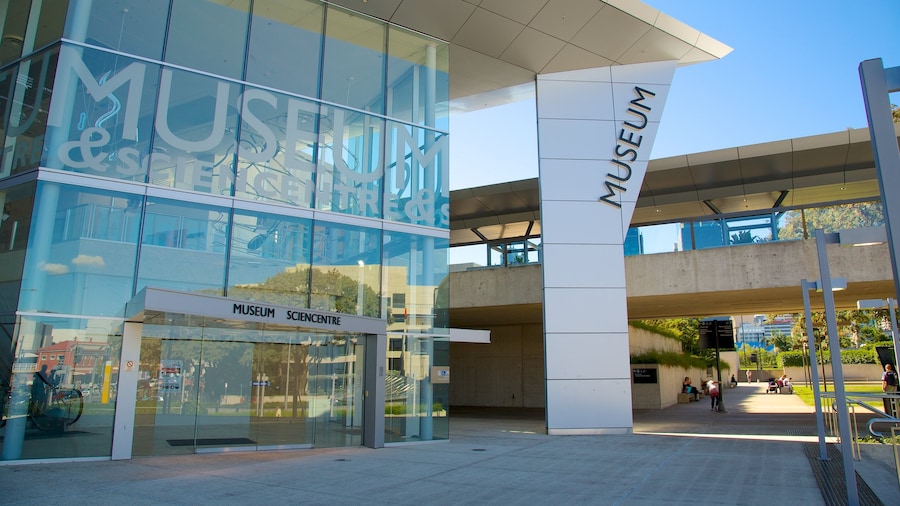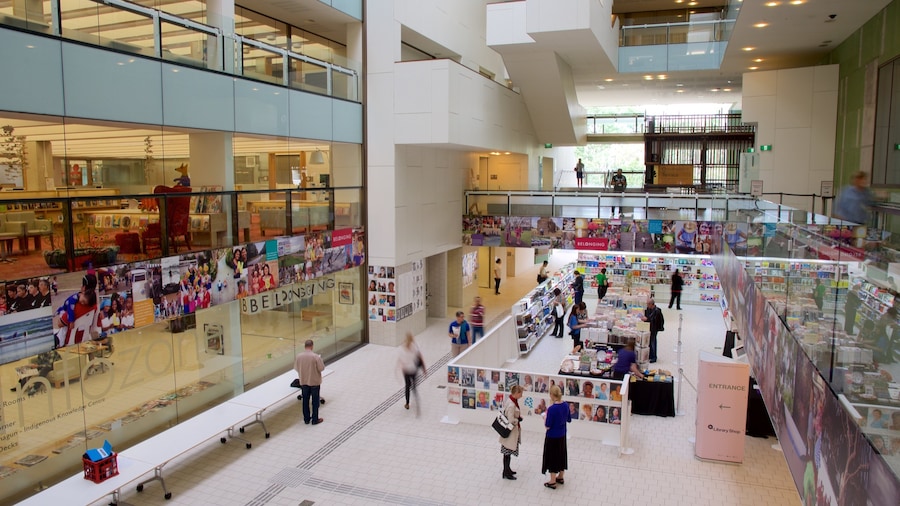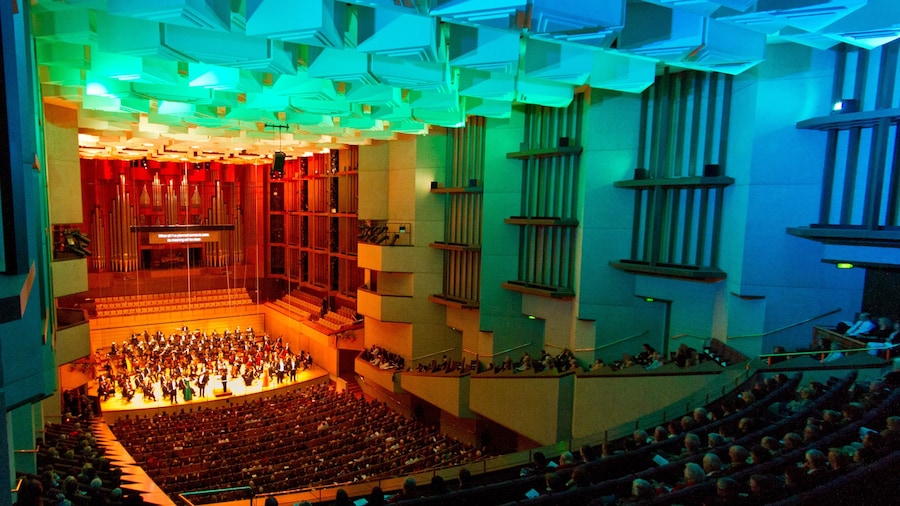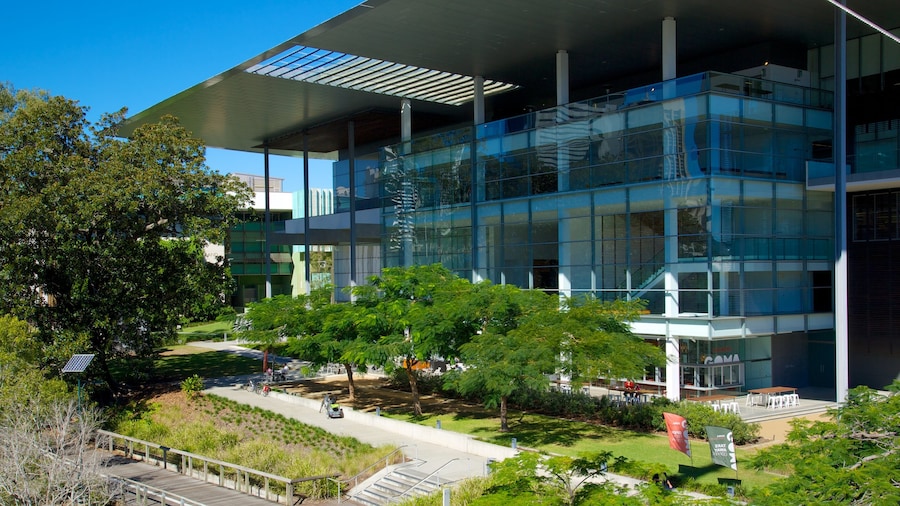Immerse yourself in the rich and varied collection of artworks on display in this leading Queensland gallery.
Established in 1895, the Queensland Art Gallery houses an impressive range of Australian, Asian and International collections, making it well worth a visit.The works on display in the JosephineUlrick and Win Schubert Galleries trace the history of Australian art from European occupation right through to the 1970s.The vibrant and eclectic endeavours of Australian artists are celebrated through diverse works from landscape paintings, portraiture and prints to sculpture, ceramics and furniture. Abstract works and Aboriginal art from the renowned Papunya region also feature prominently. J.A. Clarke's Panorama of Brisbane (1880), arguably the most important paintingproduced in colonial Queensland, also takes pride of place alongside the iconic Under the Jacaranda by R.G. Rivers, which encapsulates the region's time-old love affair with the Jacaranda tree.The International Art collection showcases over 2,000 works spanning the period between the early Renaissance and the second half of the 20th century. It features a small but significant group of Dutch still-life paintings, a notable selection of late-15th-century panel paintings, and some fine examples of British portraiture. Blandford Fletcher’s Evicted (1887) remains one of the most popular paintings in the collection, as does Picasso's La Belle Hollandaise, one of the most important examples of Picasso’s transition between his Blue period and Cubism.Highlights from the Asian section include a collection of Neolithic ware from Japan and China and an impressive range of ceramics, textiles, furniture, photographs and prints. It also brings together important examples of late 19th and 20th-century Japanese Zenga (Zen calligraphy), highlighting the continuing significance of calligraphy within Japanese art.The Queensland Gallery of Modern Art, a sister gallery of the Queensland Art Gallery, is just a short stroll away and focuses on the art of the 20th and 21st centuries.With the exception of major public holidays, both galleries are open daily. Admission is free although you may be required to pay for special exhibits. Both galleries are well-served by public transport and can be accessed by bus, train or ferry. Which is just as well, as parking in the area can be expensive.

